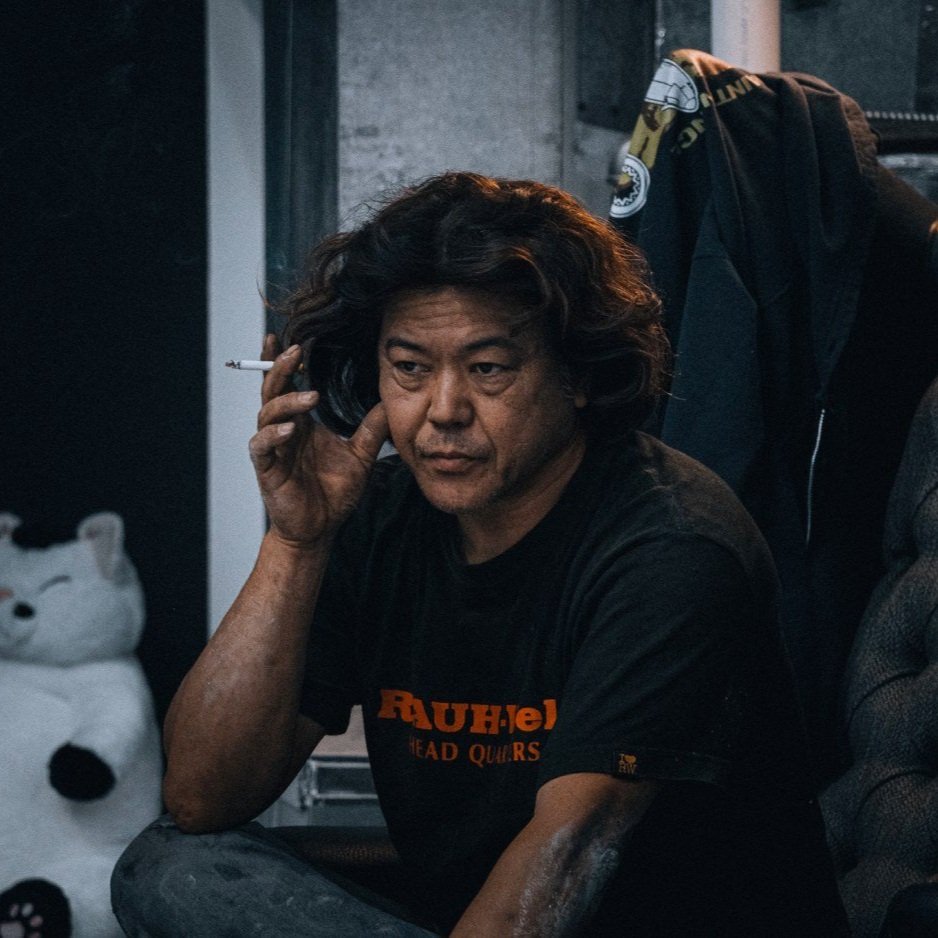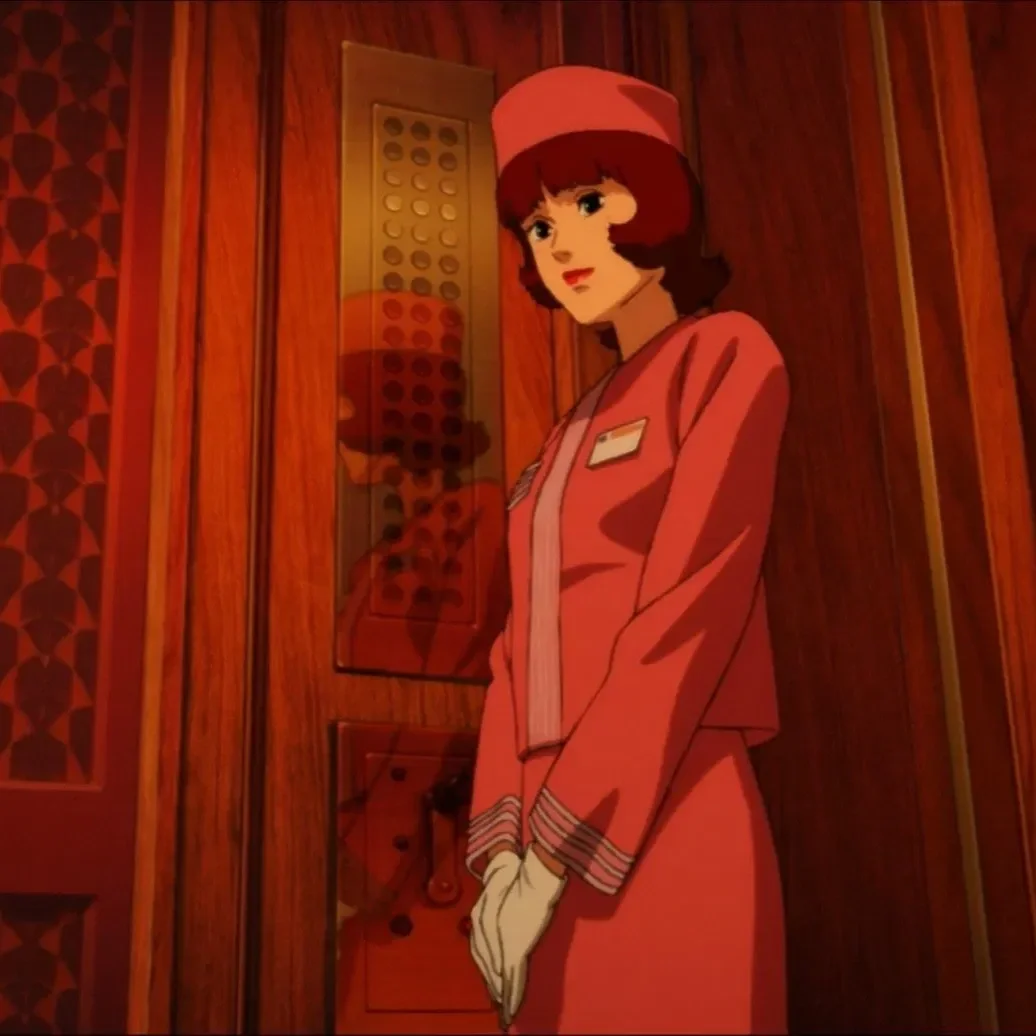Marble, Memory, and Marmo - The Life Work of Kazuko Oki
© Marco Annunziata
Tucked between the folds of the Apuan Alps, where mist clings to marble cliffs and vineyards slope into silence, a Japanese name echoes across Tuscan hills: Ars Apua. It’s not just a vineyard. It’s a memorial, a gallery, a quiet act of devotion. And at its heart is Kazuko Oki.
Kazuko moved to Italy more than two decades ago with her husband, the Japanese sculptor Tatsumi Oki. Like many artists before him, Tatsumi had been drawn to Carrara, not for its postcard landscapes, but for what lay beneath: the marble. He came to carve it, to leave behind something eternal. But his time was cut short. In 2001, he passed away unexpectedly, leaving Kazuko with grief and a question—how do you honor a life shaped by art?
Her answer came in the form of a book. Not just a catalog of sculpture, but a tribute to his humanity. A work of memory, not just of stone.
Then, in 2004, during a visit to distribute that book, she found something else, a broken-down house in the village of Querceta di Bergiola. A cherry tree was blooming on the land. It reminded her of Japan. Something clicked. She called it paradise.
That house, and the three hectares that came with it, became the foundation of Ars Apua. The vineyard had long been neglected, but Kazuko saw possibility in the ruins. She studied to become a sommelier. She learned the land. And perhaps drawing from the sake-making tradition in her husband’s family, she began crafting wine, elegant, thoughtful, quietly expressive.
Today, Ars Apua produces 25,000 bottles a year, led by two award-winning labels: Marmor Lacrima, a floral white made from Vermentino and Viognier, and Marmor Fossile, a bold Sangiovese red. Both were recently awarded gold medals at the Mondial des Vins Extrêmes, a competition that celebrates vineyards grown in harsh, high-altitude environments. True to its name, Marmor (Latin for marble) anchors the story.
Much of the wine ends up in Japan, where it carries a taste of Tuscany wrapped in Japanese resilience. The rest flows into a select handful of high-end restaurants and intimate tastings on the farm itself.
But Ars Apua isn’t just a vineyard. Kazuko has opened a bed & breakfast and an art gallery on the property, transforming it into a living crossroads, where sculpture meets soil, and grief gives way to creation.
In a world where cultural fusion is often loud, curated, and commercial, what Kazuko built is quieter, more enduring. It’s a story of cross-cultural devotion not shouted in statements, but whispered through wine, marble, and blossoms.












Tokyo’s outsider spirit, Blue Spring, and emotion stitched into Elsewhere.